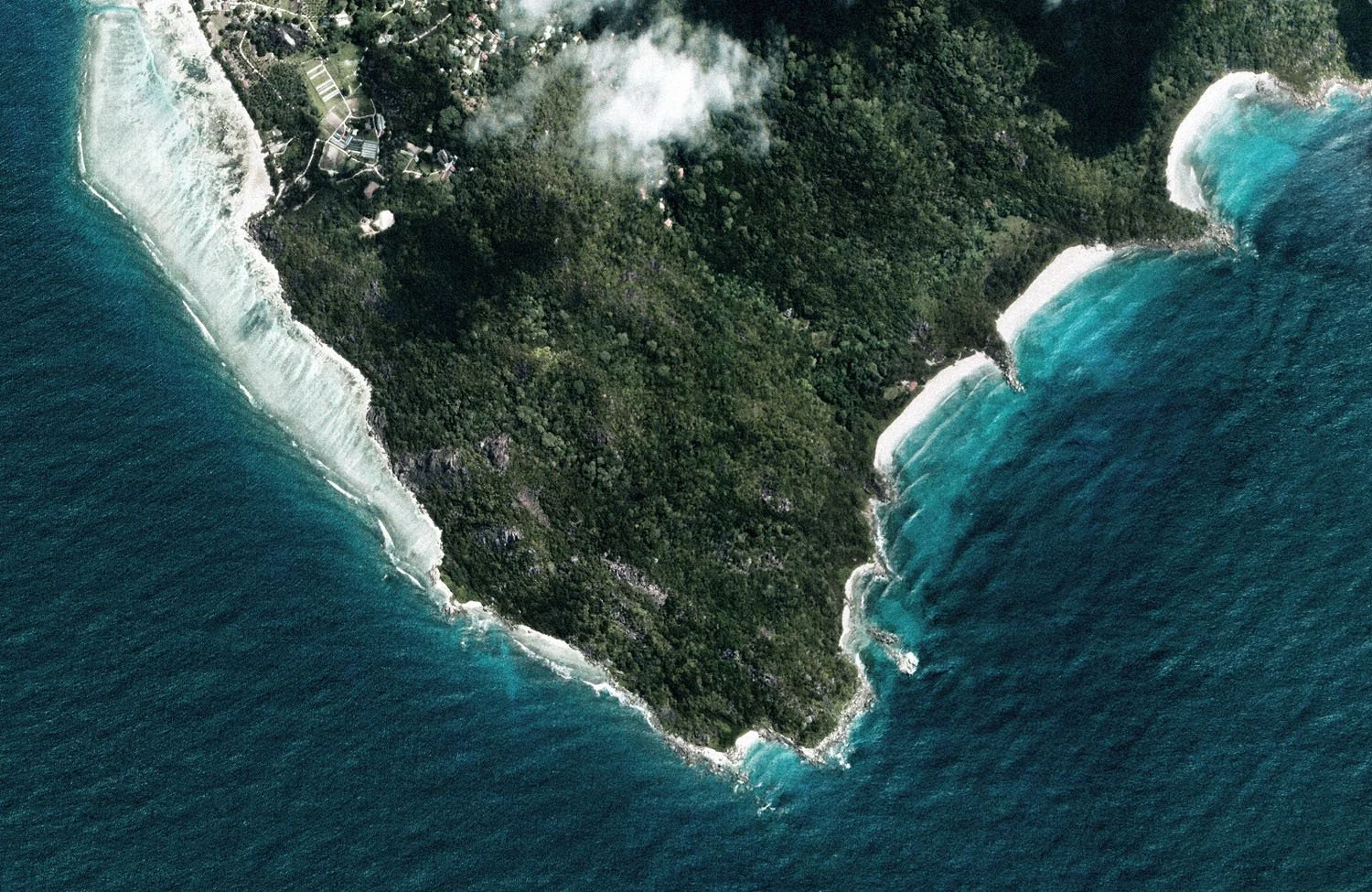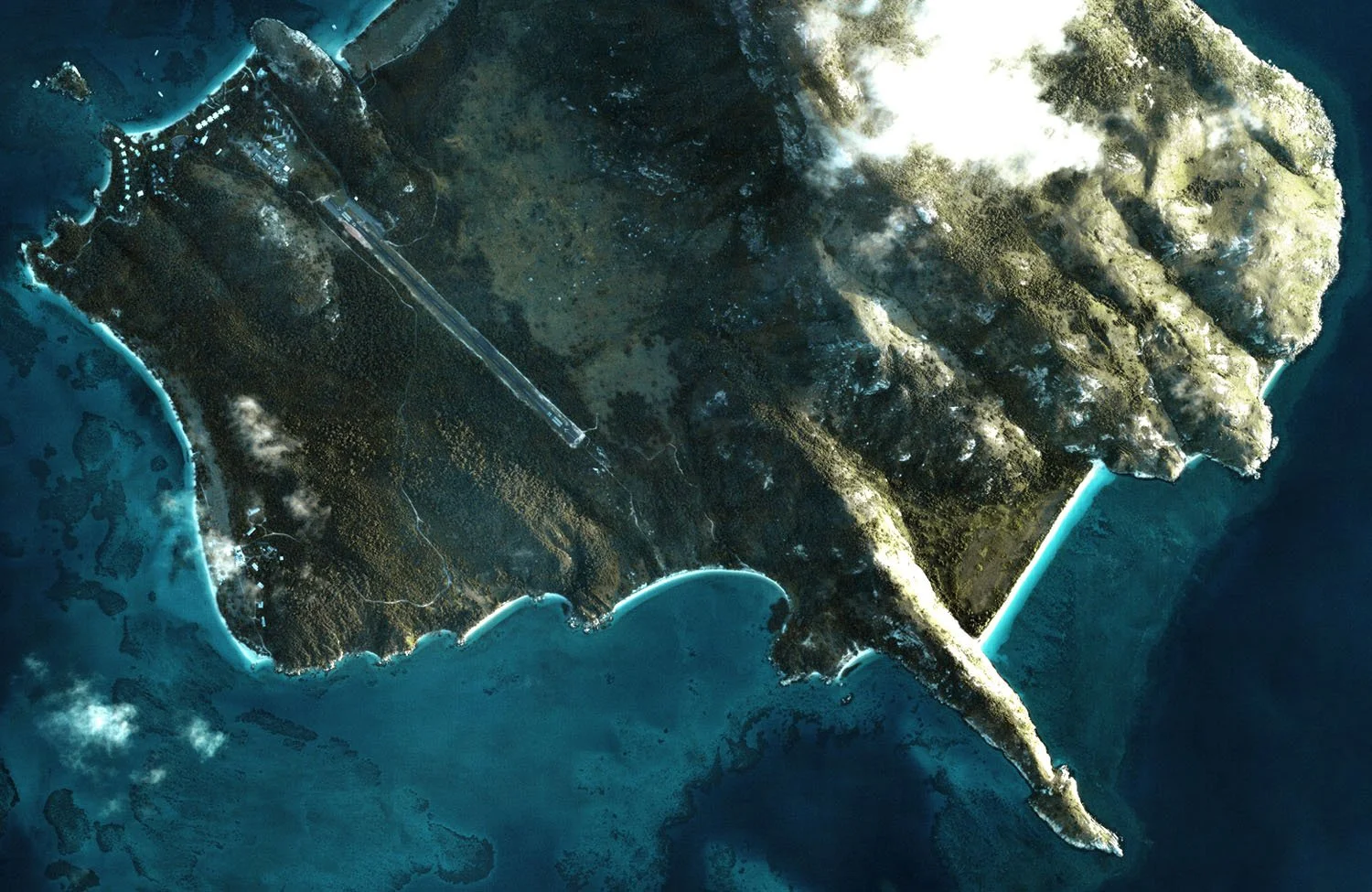CREATING CHANGE. ISLAND BY ISLAND.
A JOURNEY TO THE ISLANDS YOU’RE HELPING PROTECT WITH THE NEW ARCHETYPE EDITIONS
Over ten million tons of plastic waste enters the oceans each year, threatening coastal communities and marine life at every level of the ocean food web.
Island nations lie on the frontlines of this global crisis – contending with local plastic pollution and marine debris carried on ocean currents from distant cities, rivers and continents. Remote, uninhabited islands are among the most polluted on the planet, while many populated ones struggle to deal with even basic waste management, let alone recycling.
Island nations are often not equipped to defend themselves against the plastic that washes ashore, entangles in coral reefs and destroys sensitive ecosystems. To combat the threat, Clean Waves forms collaborations with local communities and performs cleanups, provides education opportunities and develops long-term solutions.
Here are some of the new locations you are supporting with Clean Waves – with 100% of proceeds from all sales helping create change, island by island.
CAYO SIETE HERMANOS, DOMINICAN REPUBLIC
19.891778 -71.811056
The Cayos Siete Hermanos – meaning ‘seven brothers’ – is a group of uninhabited islands on the northwest coast of the Dominican Republic.
Washed down into the ocean from the nearby Dajabón and Yaque del Norte rivers, plastic pollution from deep inland drifts out to these islands, accumulating in the sand and along the treeline – threatening their fragile ecosystems and the endemic and endangered marine species who depend on them.
LA DIGUE, SEYCHELLES
-4.374378 55.843045
With its coconut palms, vivid Indian Ocean blues and granite boulders, the Seychelles are shorthand for paradise.
La Digue is one of Seychelles’ most popular islands, with most tourists flocking to its sheltered west coats. However, with the island lying in the sphere of monsoon and trade winds, its isolated beaches see trash washing ashore from as far away as mainland Asia and Africa, and marine debris in the form of ‘ghost’ fishing nets and other cast-offs from industrial fishing vessels which congregate around the incredibly rich, biodiverse waters of this island nation.
ILHA GRANDE, BRAZIL
-23.178158 -44.303173
Home some of the most pristine stretches Atlantic rainforest in the world, Ilha Grande in southern Brazil is biodiversity hotspot both above and below the waves, with the seas around the island home to a unique convergence of tropical, subtropical and temperate-zone marine life.
Though a UNESCO World Heritage Site, the islands of the Costa Verde are subject to plastic pollution and other marine debris drifting in from the coasts of Rio de Janeiro and along Sao Paula’s Tiete River, and recent years have seen an increase in day-trippers coming to the beaches on speedboats for a BBQ and a selfie, often leaving a trail of trash in their wake.
LIZARD ISLAND, AUSTRALIA
-14.67936 145.46039
Located right in the middle of the northern stretches of The Great Barrier Reef, Lizard Island is surrounded by seemingly endless ribbons of marbled reefs, home to hundreds of Minke whales, dolphins and sharks. Just off its shores is the 10-meter deep Blue Lagoon filled with myda and loggerhead turtles.
Lizard Island also sits directly in the path of Southern Ecuadorian Current, delivering plastic to the reefs and mangroves of the island from across the entire Pacific Ocean – and as its name implies, from even as far away as South America.
As our work progresses, we’ll bring you the latest updates from the islands. If you have a pair of Clean Waves sunglasses, be sure to activate your coordinates for personalized updates from the place you support.
Hero Imagery by Ami Sioux
All satellite imagery © 2022 Planet Labs Inc.






